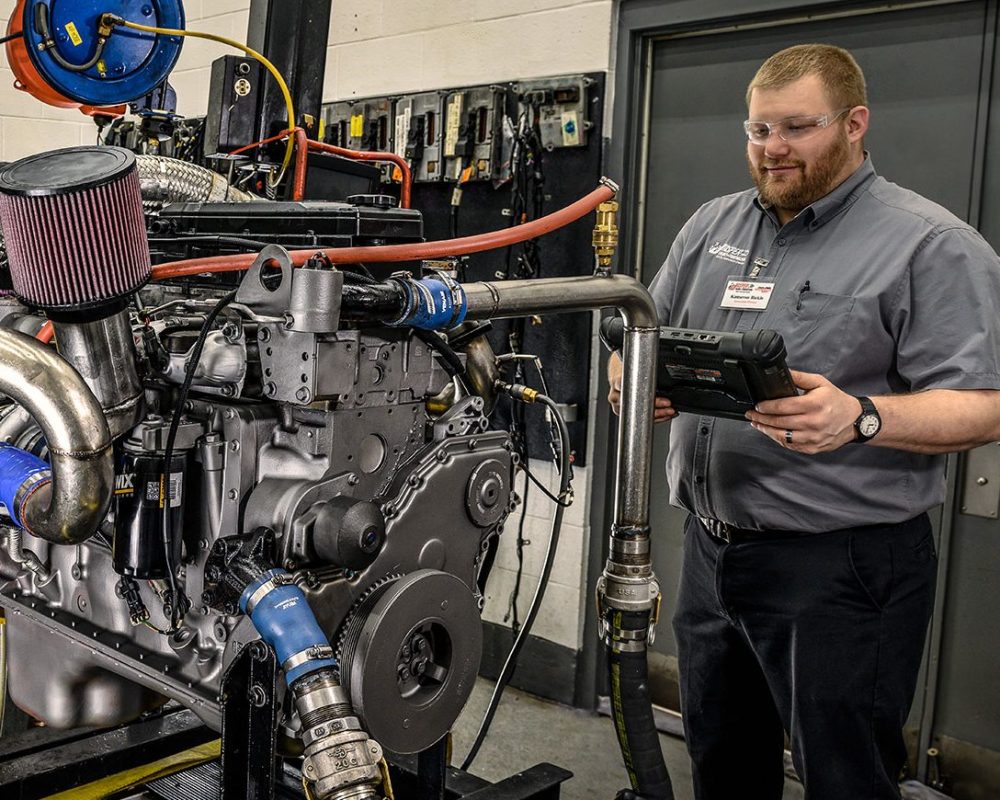The Quest for Ultimate Driving Power: Examining the Peak of Engine Efficiency and Technological Breakthroughs in the Automotive Sector
In the world of automotive engineering, the pursuit of optimum driving power has been an unrelenting quest that has actually unfolded via the advancement of engine style and the assimilation of cutting-edge technologies. From the precise workmanship of burning engines to the rapid advancements in electric propulsion systems, the vehicle industry stands at the cusp of a new age identified by unmatched performance abilities.
Evolution of Engine Design

Moreover, the assimilation of turbocharging and turbo charging technologies has actually revolutionized engine style by boosting power without considerably raising engine dimension. These forced induction systems press the intake air, permitting more fuel to be ignited, thus creating greater power output from a smaller sized engine. This advancement has actually been specifically crucial in enhancing the efficiency of smaller displacement engines while maintaining gas efficiency requirements.

Performance-Enhancing Gas Technologies
The execution of innovative gas modern technologies has actually significantly added to enhancing engine performance in modern vehicles. From standard fuel and diesel to innovative biofuels, synthetic fuels, and hydrogen, the automobile market is seeing a transformation in gas choices. Biofuels, acquired from sustainable resources like corn, algae, or sugarcane, offer minimized discharges and improved engine effectiveness. Synthetic gas, generated with chemical processes, provide high octane ratings, boosting power result. Hydrogen fuel cells, although still in the beginning of fostering, show great assurance due to their zero-emission nature and capacity for high efficiency. In addition, fuel additives and cleaning agents are being formulated to tidy engine components, maximize combustion, and minimize friction, thereby boosting total lorry efficiency. With continuous study and advancement, the quest for the utmost driving power continues, as engineers strive to open the full possibility of performance-enhancing gas modern technologies in the automotive sector.
Innovations in Electric Propulsion
Significant strides in electric propulsion innovation have actually revolutionized the automobile market, leading the way for a brand-new era of effective and sustainable transport. Electric lorries (EVs) are gaining popularity as a result of their environmental benefits and innovations in battery technology, enabling longer driving varieties and shorter billing times. Makers are investing greatly in r & d to enhance the performance of electrical propulsion systems, concentrating on enhancing power output, improving power performance, and reducing total weight.
One noteworthy innovation in electrical propulsion is the development of advanced electrical motors that supply greater torque and power thickness, leading to improved velocity and total driving performance. Additionally, regenerative stopping systems have actually been fine-tuned to keep and capture power throughout deceleration, more increasing the efficiency of EVs.
Moreover, the combination of wise innovations, such as expert system and predictive analytics, is optimizing the monitoring of electric propulsion systems, guaranteeing optimum efficiency under various driving problems. These advancements in electrical propulsion are improving the automotive landscape, driving the sector in the direction of a much more lasting and amazed future.
Impact of Computational Liquid Dynamics
With advancements in electrical propulsion pushing the borders of vehicle innovation, the assimilation of Computational Liquid Dynamics is resource playing a pivotal duty in enhancing aerodynamic performance and enhancing overall performance in car style. Computational Liquid Characteristics (CFD) involves using computer system simulations to examine the flow of air around a vehicle, allowing engineers to predict how layout adjustments Bonuses will impact aerodynamics without the demand for expensive physical prototypes. By accurately modeling air flow patterns, CFD enables the refinement of car forms to lower drag, improve cooling, and improve security.
CFD allows engineers to optimize airflow around components such as radiators, engine bays, and wheel wells, contributing to enhanced efficiency and general driving experience. In final thought, the combination of Computational Liquid Dynamics represents a considerable action ahead in the quest for ultimate driving power and efficiency in the automotive sector.
Future Trends in Engine Innovation
In the dynamic landscape of automotive engineering, advanced innovations are forming the future trajectory of engine advancement. The future of engine layout is noted by a solid focus on performance, sustainability, and performance. Producers are significantly focusing on creating engines that not just provide high power outcomes but likewise prioritize environmental obligation by enhancing and minimizing emissions fuel performance.
One popular fad in engine advancement is the rise of electrification. Hybrid and check out here electrical powertrains are gaining traction as viable choices to traditional burning engines. These innovations supply the capacity for significant decreases in carbon discharges and enhanced power efficiency, lining up with global initiatives to fight climate adjustment.
Additionally, innovations in products science and production strategies are allowing the production of lighter and more resilient engine components. This shift in the direction of lightweight products such as carbon fiber and aluminum alloys contributes to improved efficiency and fuel economy.
Conclusion
In final thought, the quest of supreme driving power in the automobile market continues to drive advancements in engine style, gas innovations, electrical propulsion, and computational fluid characteristics. The advancement of these modern technologies is shaping the future of engine technology, leading the way for extra effective and powerful vehicles (engines for africa). As the industry remains to press the boundaries of what is possible, we can expect to see a lot more innovative advancements in the pursuit for peak performance
One of the vital milestones in engine design evolution is the change from standard carbureted engines to contemporary fuel-injected systems. By specifically metering the fuel delivery to each cyndrical tube, fuel-injected engines enhance combustion, resulting in far better performance and minimized environmental impact.
In addition, the assimilation of turbocharging and supercharging technologies has actually reinvented engine design by boosting power without dramatically raising engine dimension (engines for africa).The implementation of innovative gas technologies has substantially added to improving engine performance in modern vehicles. Additionally, fuel additives and cleaning agents are being created to tidy engine components, optimize burning, and minimize friction, consequently enhancing overall vehicle performance
 Tina Majorino Then & Now!
Tina Majorino Then & Now! Rachael Leigh Cook Then & Now!
Rachael Leigh Cook Then & Now! Justine Bateman Then & Now!
Justine Bateman Then & Now! Barbara Eden Then & Now!
Barbara Eden Then & Now! Jeri Ryan Then & Now!
Jeri Ryan Then & Now!